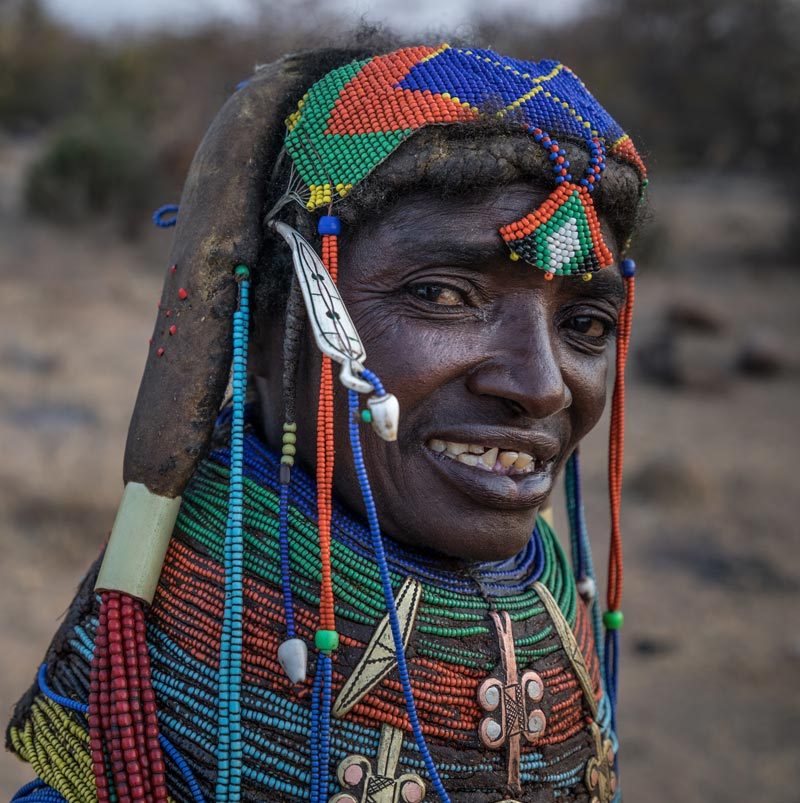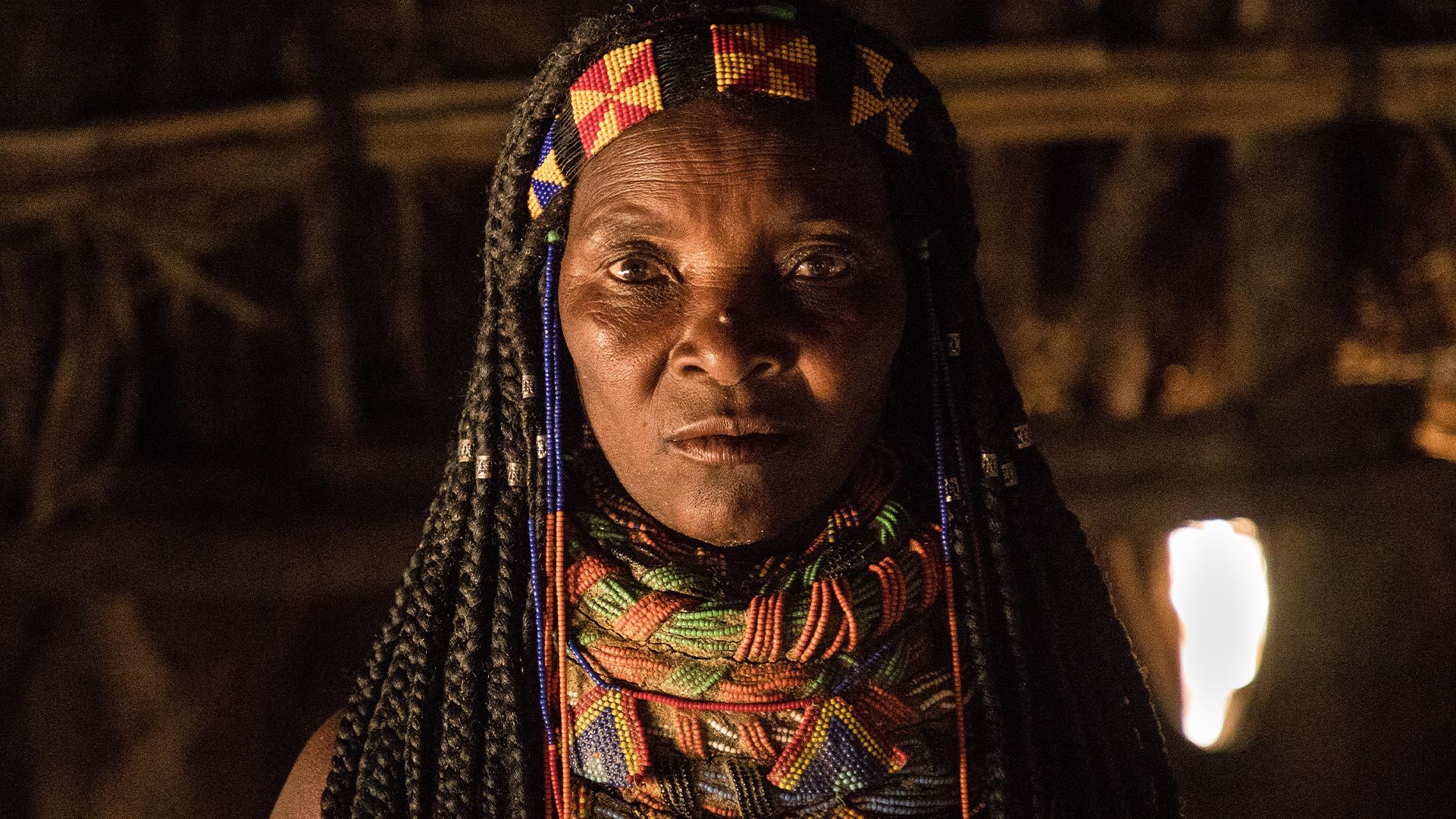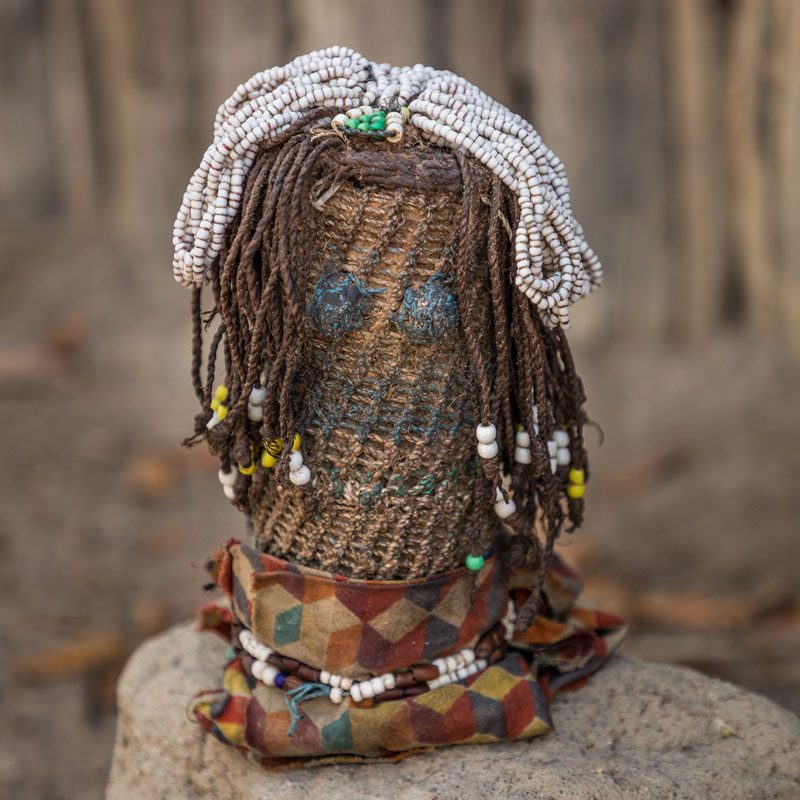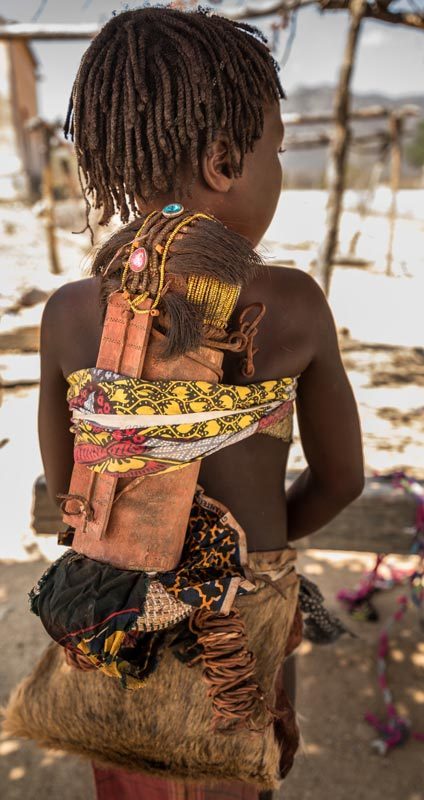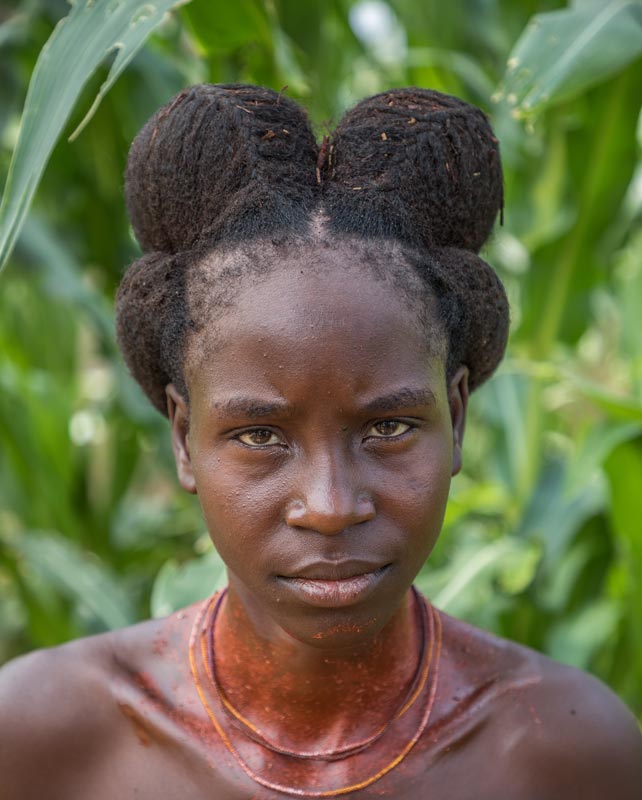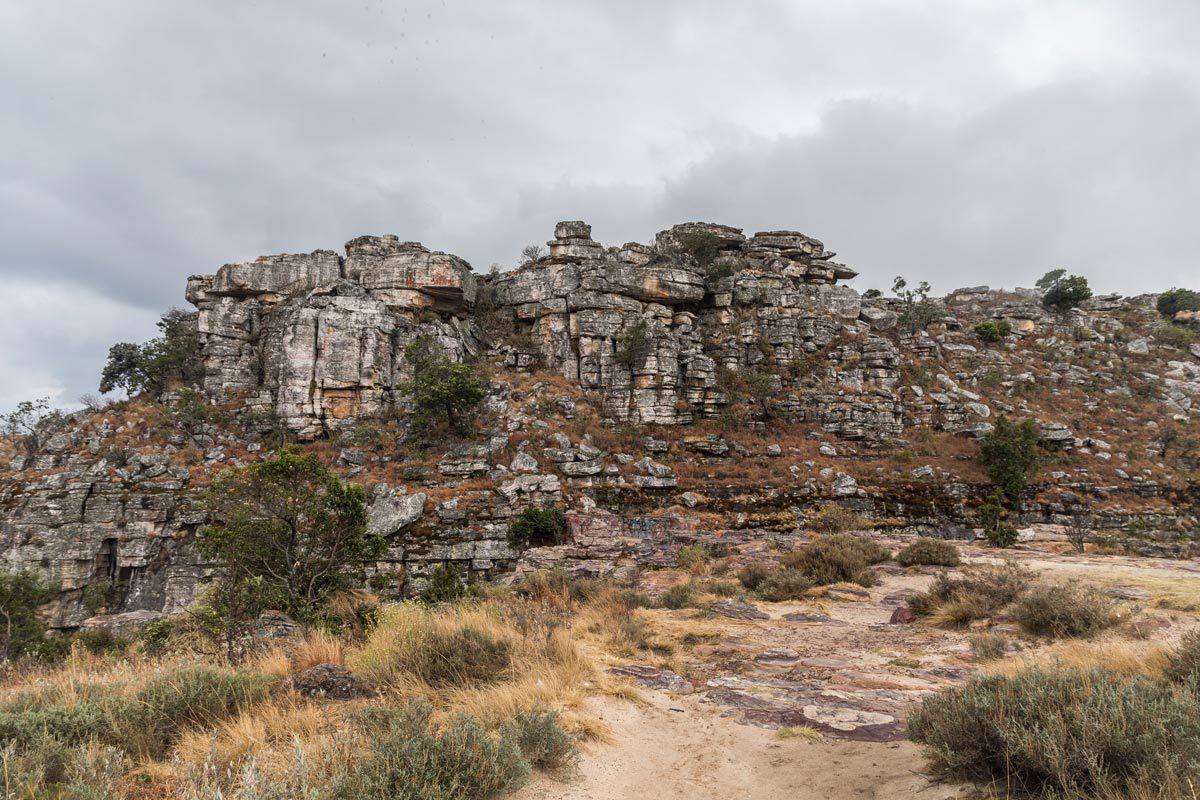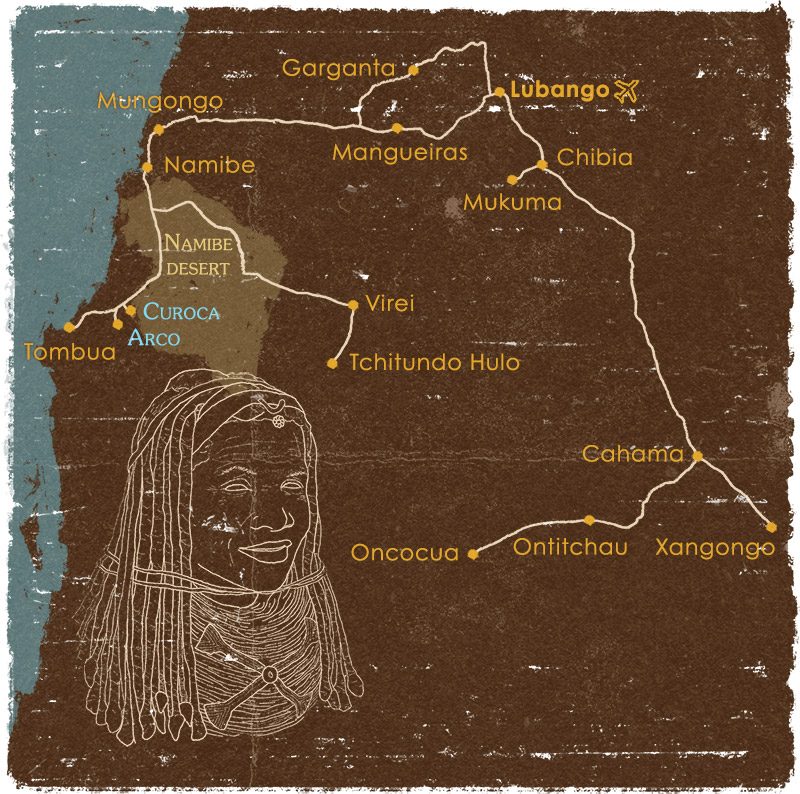Discover the highlights of this anthropological trip to Angola
► Tribes that we will meet along the trip
Plain Muila and Mountain Muila
After introducing ourselves to the soba (traditional chief) we will visit the the Plain Muila village. The women of this ethnic group are the ones who decorate themselves the most with colored necklaces and complex hairstyles. We will also meet the Mountain Muila, who are more traditional than those of the plains.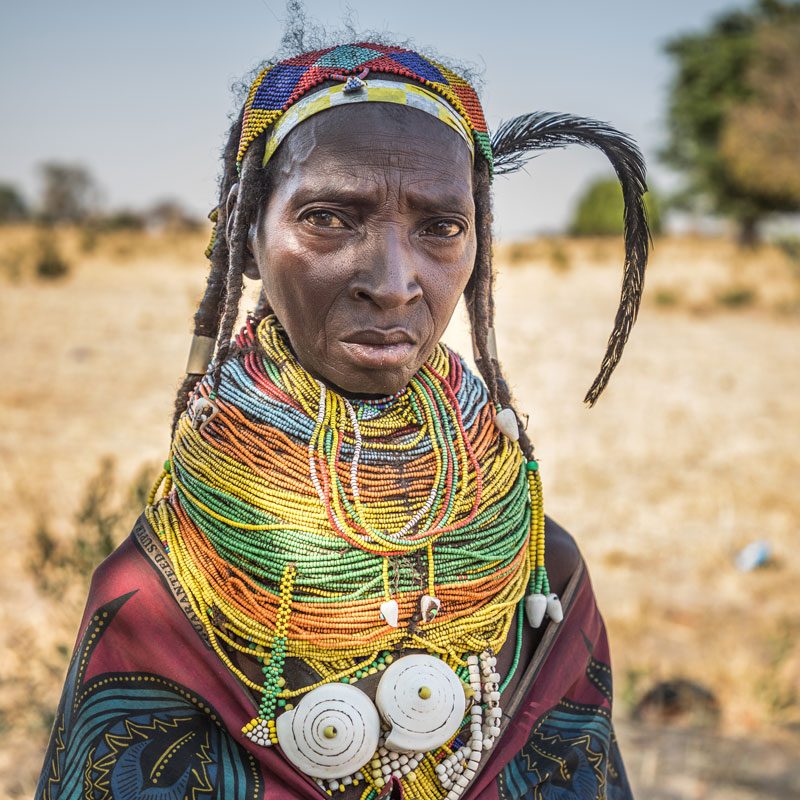

Humbi
The Humbi are a large tribal group of artisans and agro-pastoralists. Despite foreign influence, Humbi society has been able to preserve tribal aspects of social organization, such as rites of passage (‘fico’) where young women show impressive hairdos in the form of crests and elephant ears.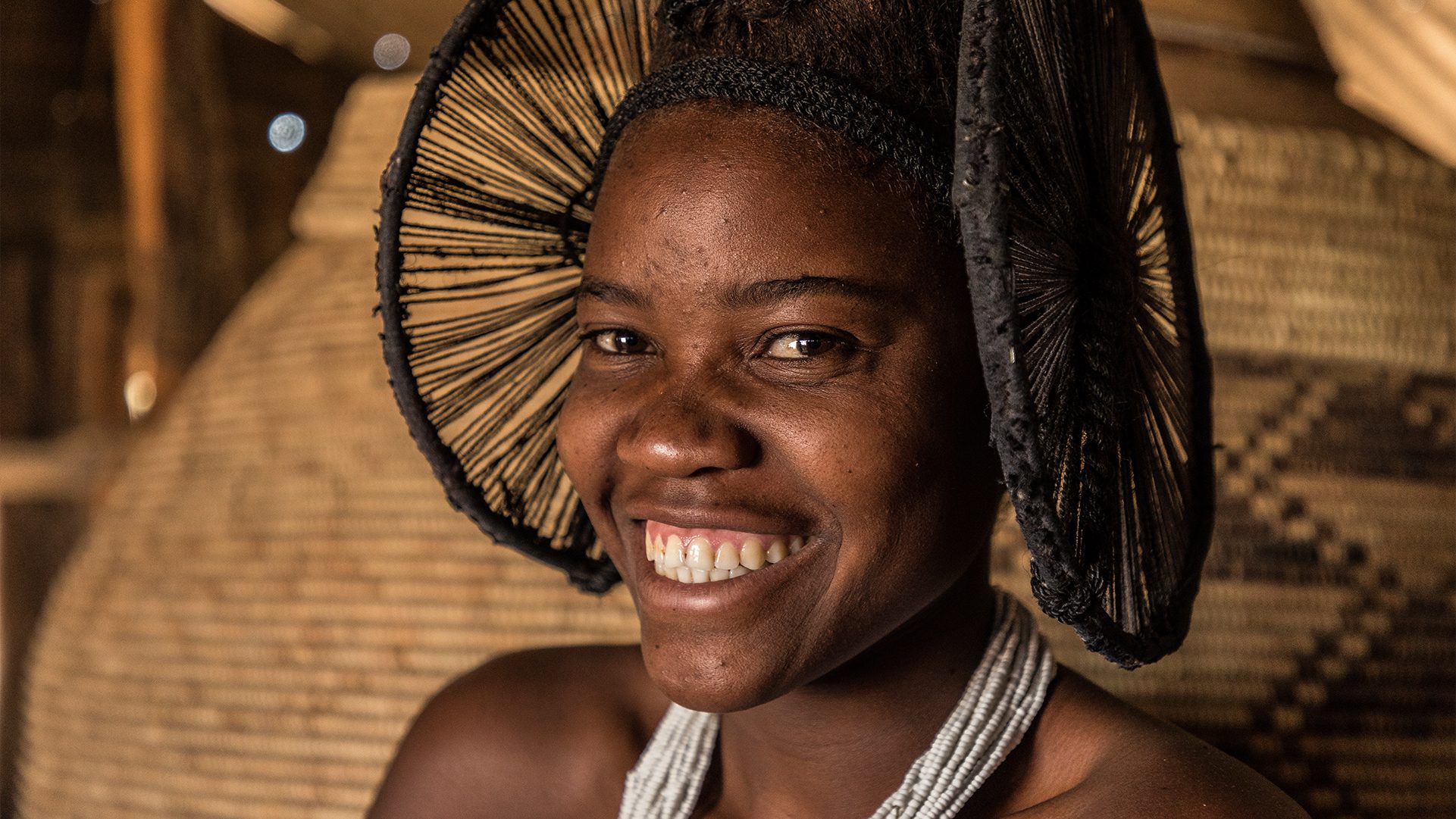
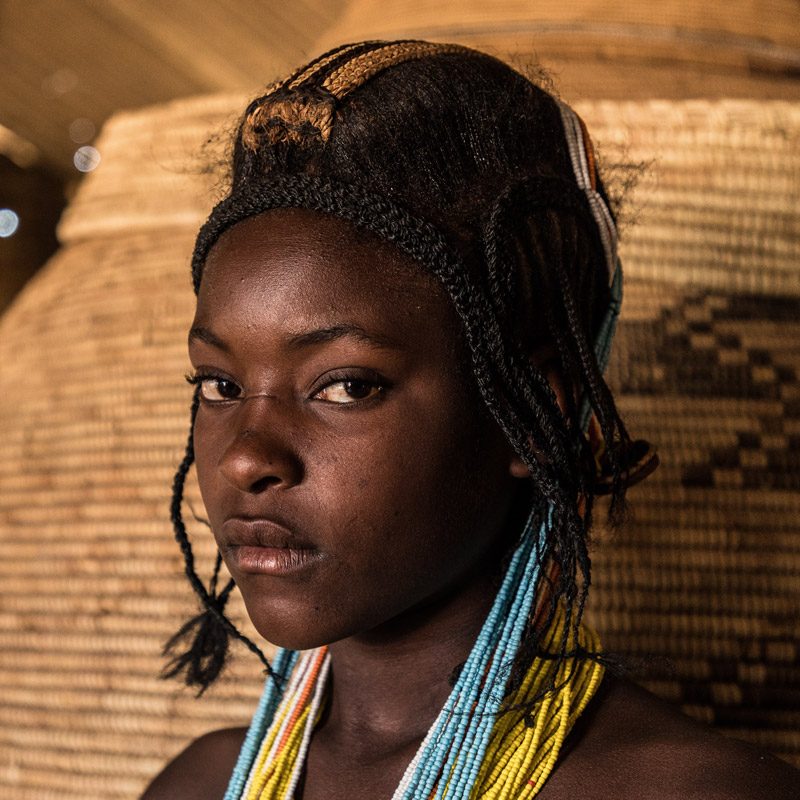
Tua
The Tua are an ancient people. They dress in a similar way to the dominant tribe in the region: the Himba. They speak a Herero dialect and their economy is based on hunting and gathering. Some men are great metalsmiths, making arrowheads, hoes, and bracelets for neighboring tribes.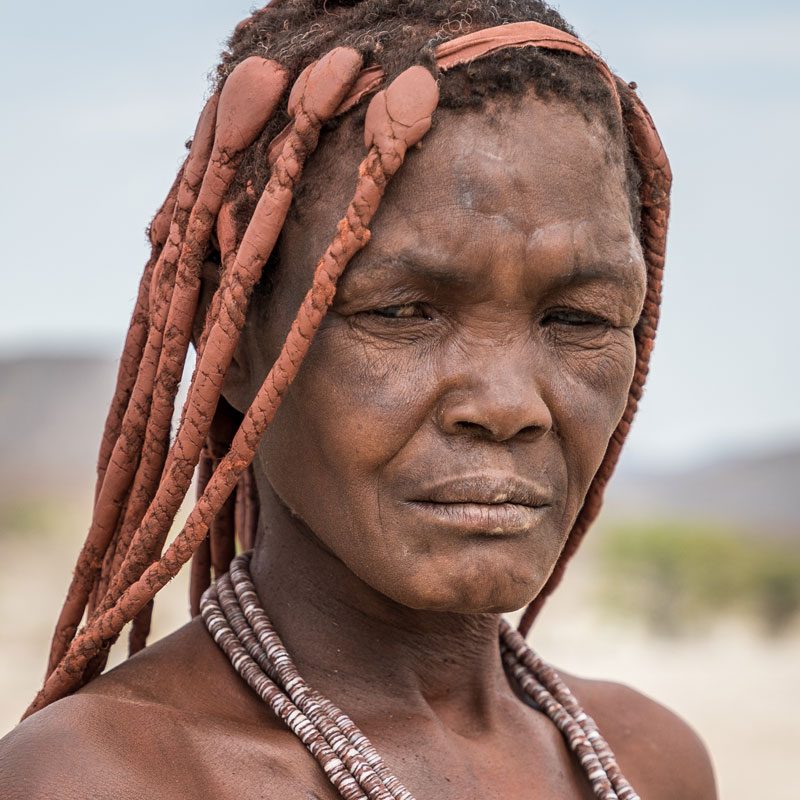
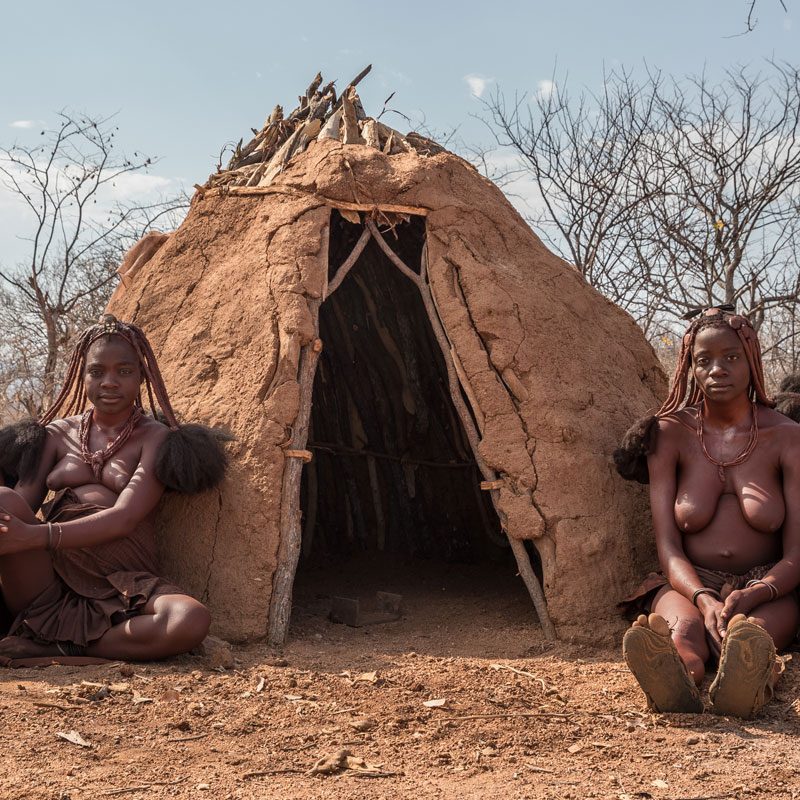
Hakaona
The Hakaona are mainly goat shepherds, their heads of cattle being a marker of social status. They tend to take charge of the herds of the Himba as a sign of social submission. The Hakaona men are renowned traditional doctors and the women are valued as excellent craftswoman. The women wear a striking headdress and they usually removed some of the lower teeths.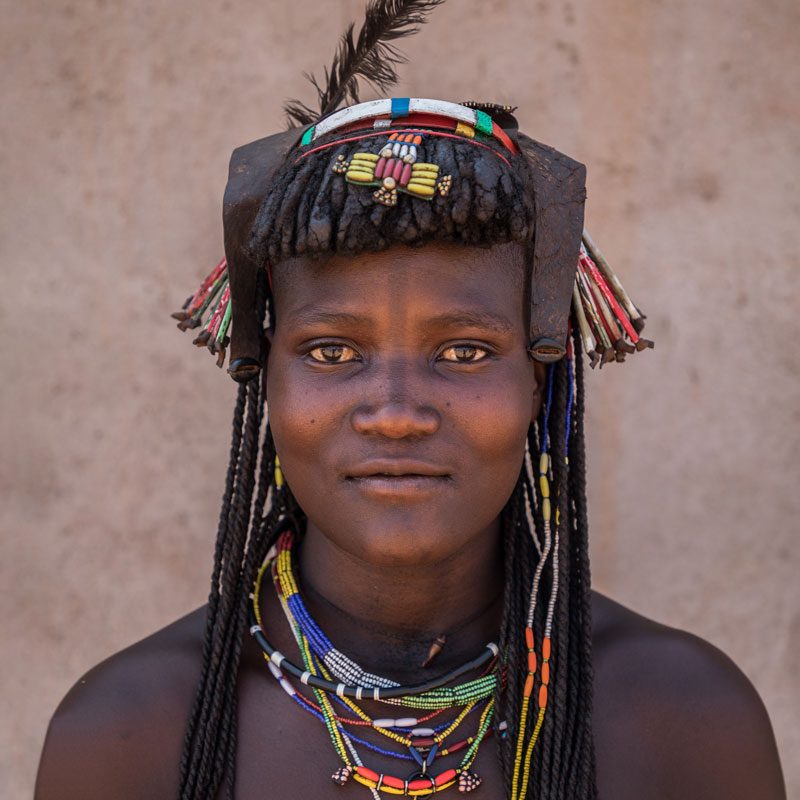
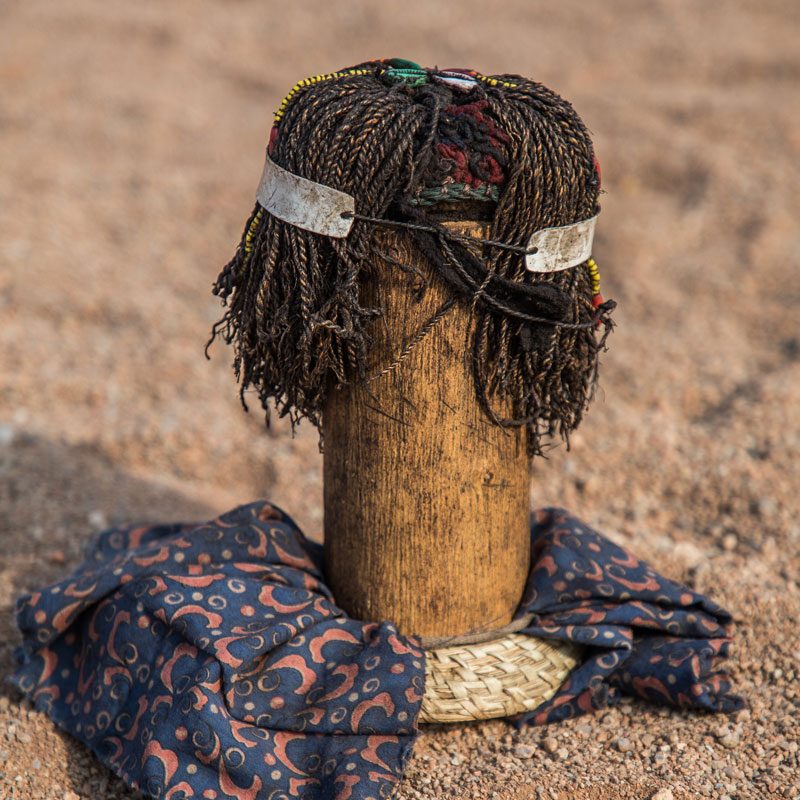
Himba
The Himba are a semi-nomadic ethnic group native to southern Angola and northern Namibia. They are the representatives of the highest rank in the society of the region, because of having the largest number of heads of cattle. They has a strong identity of themselves that is reflected in the large number of ornaments, hairstyles and on its epidermal coating based on ocher, butter and herbs.
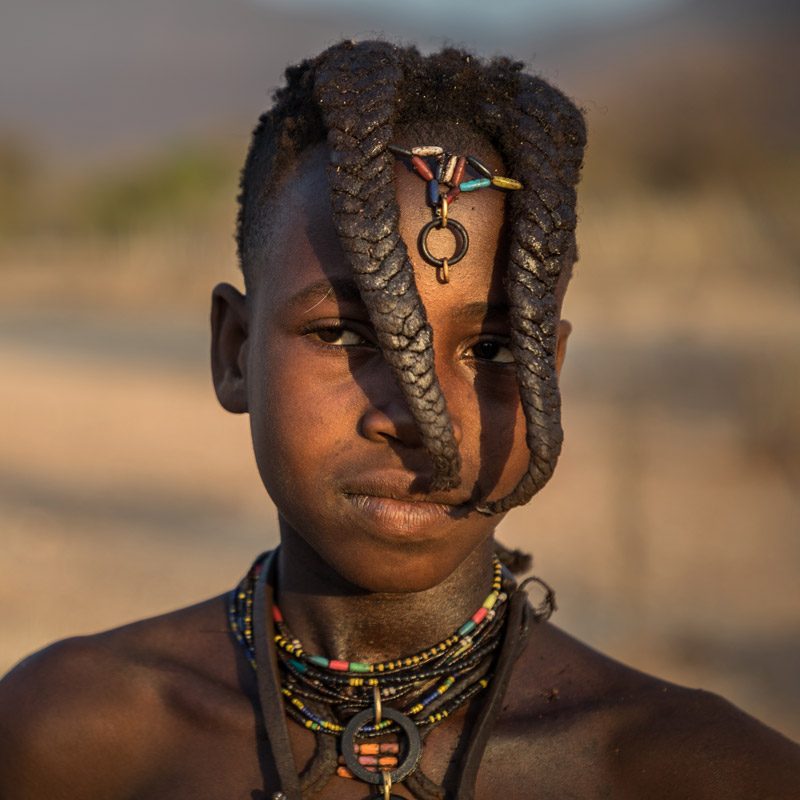
Cuis
Cuis people are descendants of the first Bantu groups that arrived in Angola. They live in marginal zones around Virei town and work for the Cubal cattle pastoralists. The Cuis usually set up their mobile camps near rock formations. They have lost their original language, but they still retain the rest of their cultural identity and continue to hunt and gather.
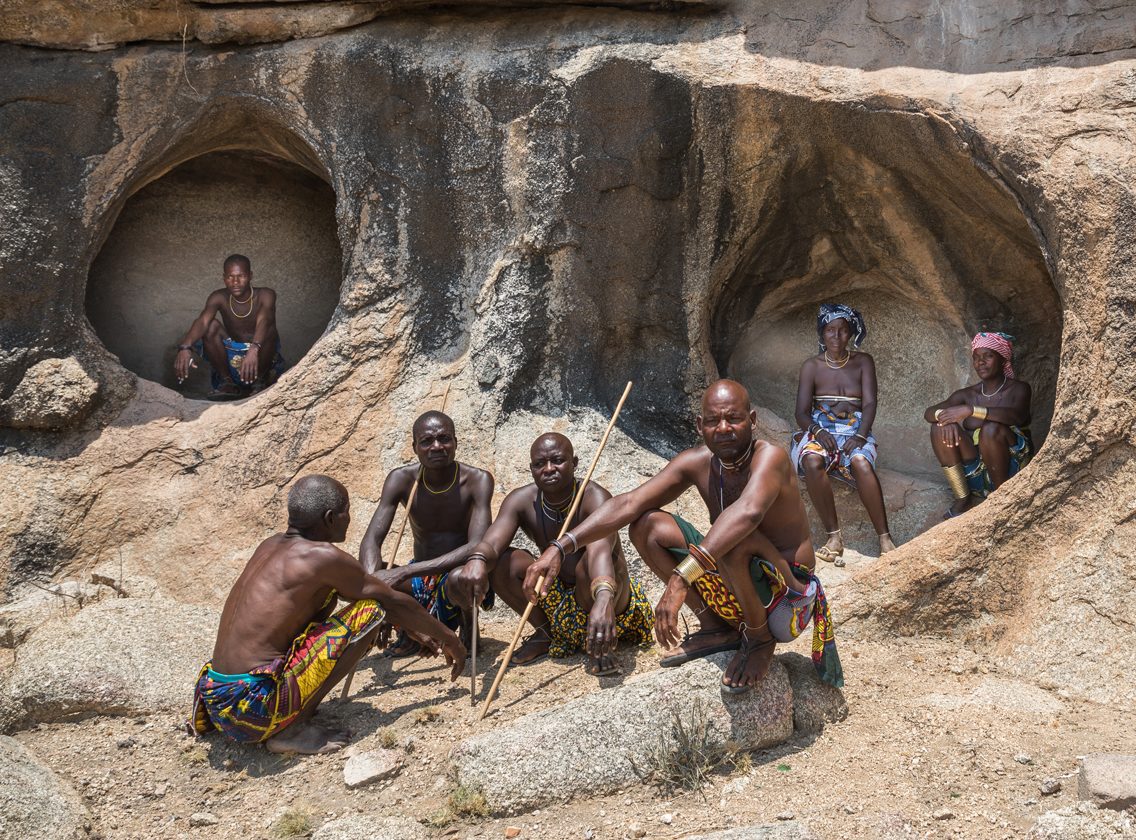
Gambue
The Gambue have similar customs to their Muila and Handa neighbors. One of them is the use, by women, of bead and clay necklaces. They also have complex hairstyles, which indicate the marital status of each woman.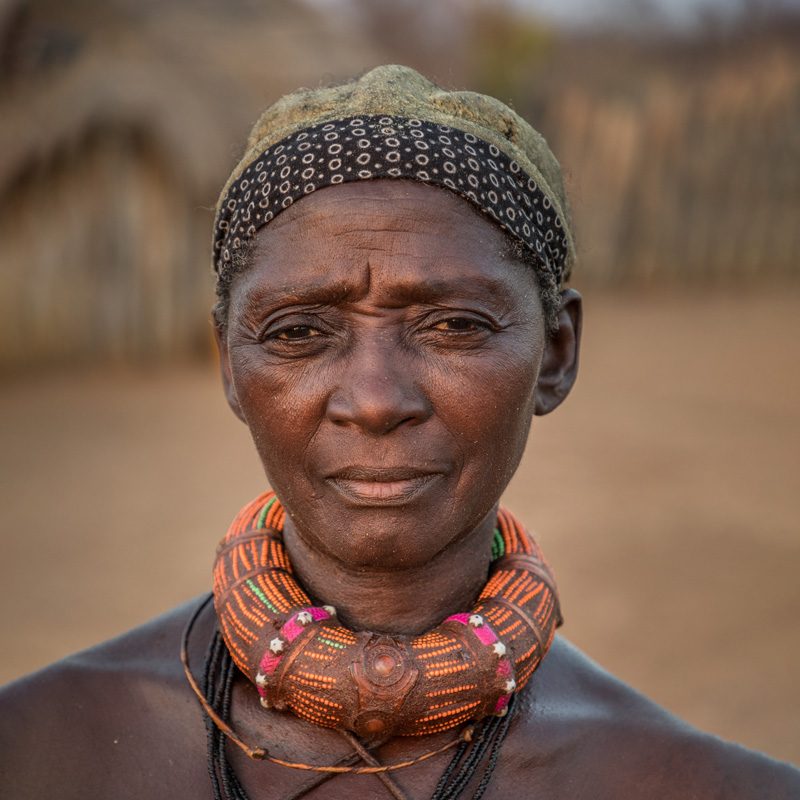
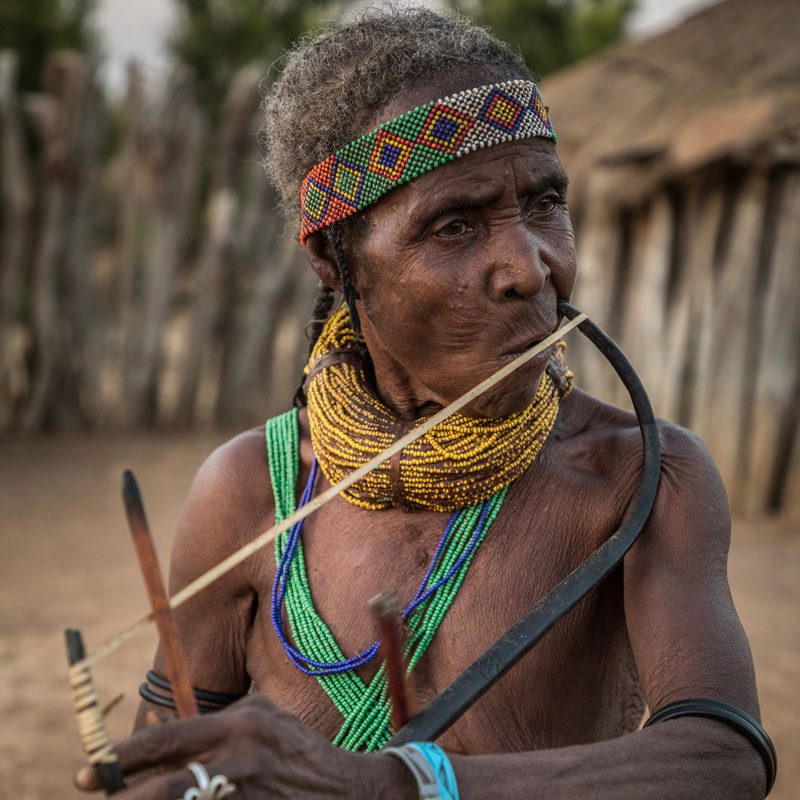
Dimba
The Dimba are a cattle-raising society that inhabits the savannah around Cahama. The women keep the typical hairstyles that have an air of Melanesian headdresses. On this anthropological trip to Angola, we will spend some time with them to learn about aspects of their daily lives. We will have the opportunity to learn about their music, since they are famous for being great lovers of religious songs and dances.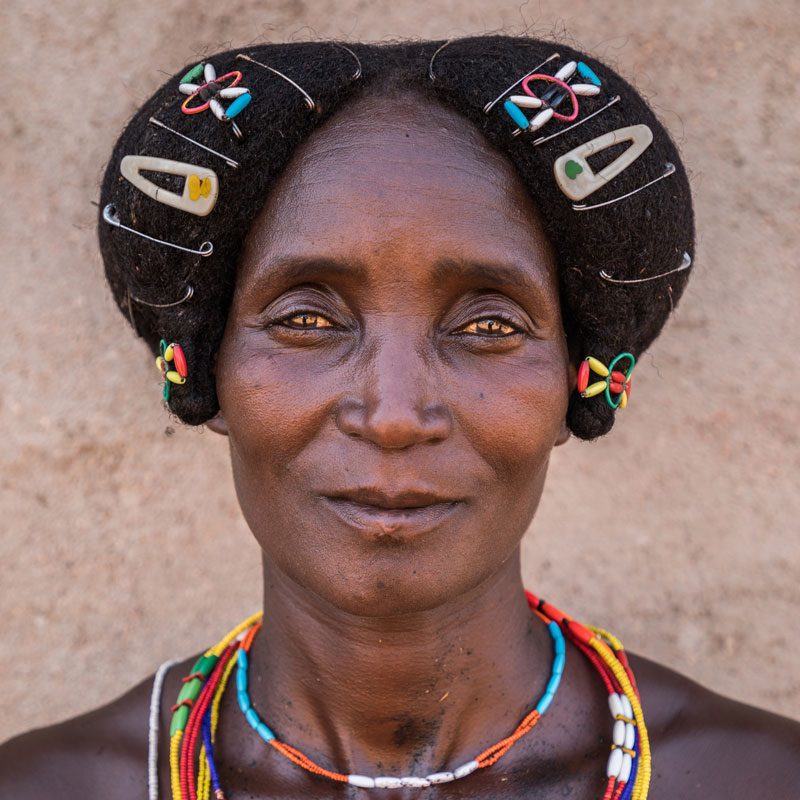

Cubal
The Cubal are a semi-nomadic group, whose economy is based on livestock and agriculture. It was the last ethnic group to succumb to the Portuguese in colonial time. Cubal women wear an original and unique headdress, called ‘ompota’ and they also use belts to tighten their breasts, as a bra, called ‘oyonduthi’.

Ngendelengo
The Nngendelengo are semi-nomadic herders, hunters and subsistence farmers. Living in a forested environment has allowed them to develop a rudimentary charcoal business. Machetes are an essential part of their attire, which is complemented by large crests as a hairstyle for unmarried boys and multiple topknots for women.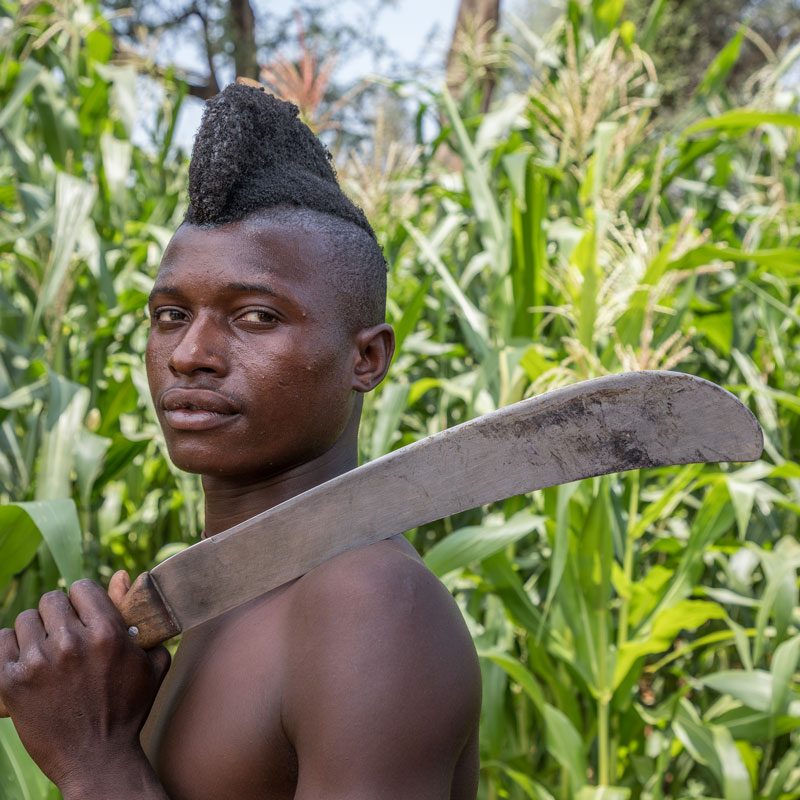
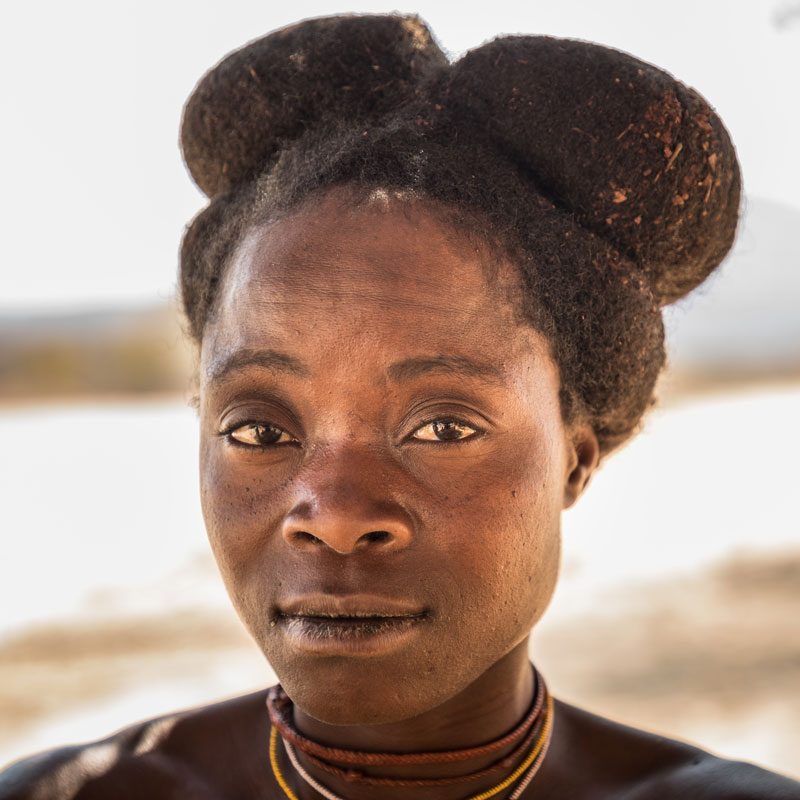
Discover the tribes of Angola with the book 'Last Tribes of Angola'
If you want to know more about the tribes of Angola, you have the book 'Last tribes of Angola' available for sale, the result of the joint work of the anthropologist Joan Riera and the ethno-photographer Aníbal Bueno. Written in both English and Spanish (bilingual edition), and enriched with a wealth of photographs, illustrations, and maps, the book is a unique visual guide to the most remote tribes of southwestern Angola. Click here if you are interested in buying it.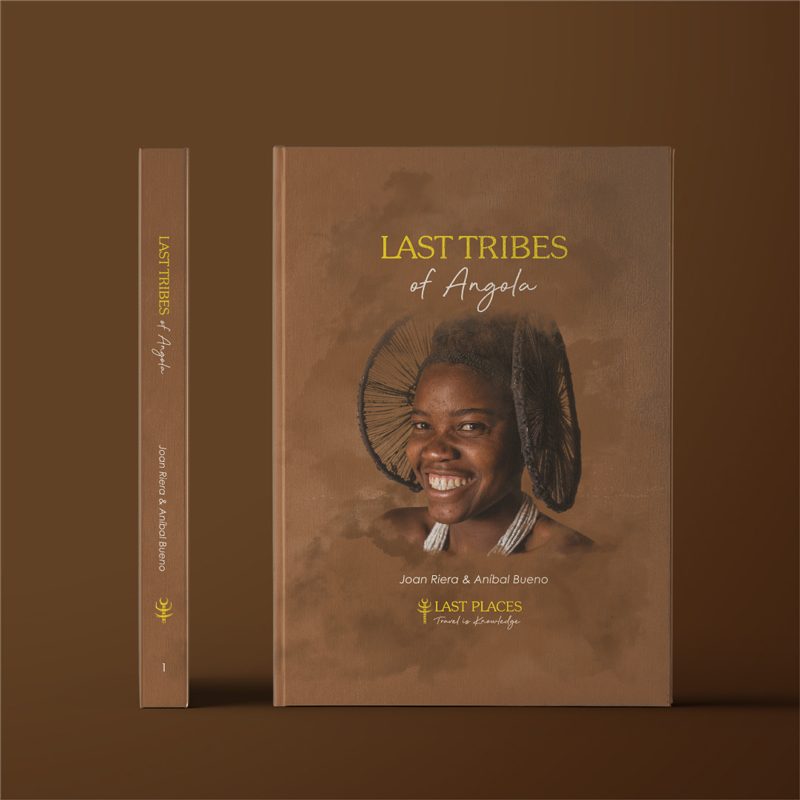

► We will admire the giant baobabs of southern Angola
During this anthropological trip to Angola, we will have the opportunity to admire giant baobabs. The area near Xangongo is full of large baobabs scattered everywhere.


► We will enjoy Portuguese colonial and vernacular architecture
Colonial architecture
The Portuguese were in Angola from 1575 to 1975 and left a cultural legacy of great anthropological and architectural interest. The churches and forts in the Baroque style, the Art Deco buildings of the coastal cities and the ‘tropical modernism’ style that lasted from 1945 to 1975 stand out. Angola's architecture allows the traveler to discover its Portuguese colonial past.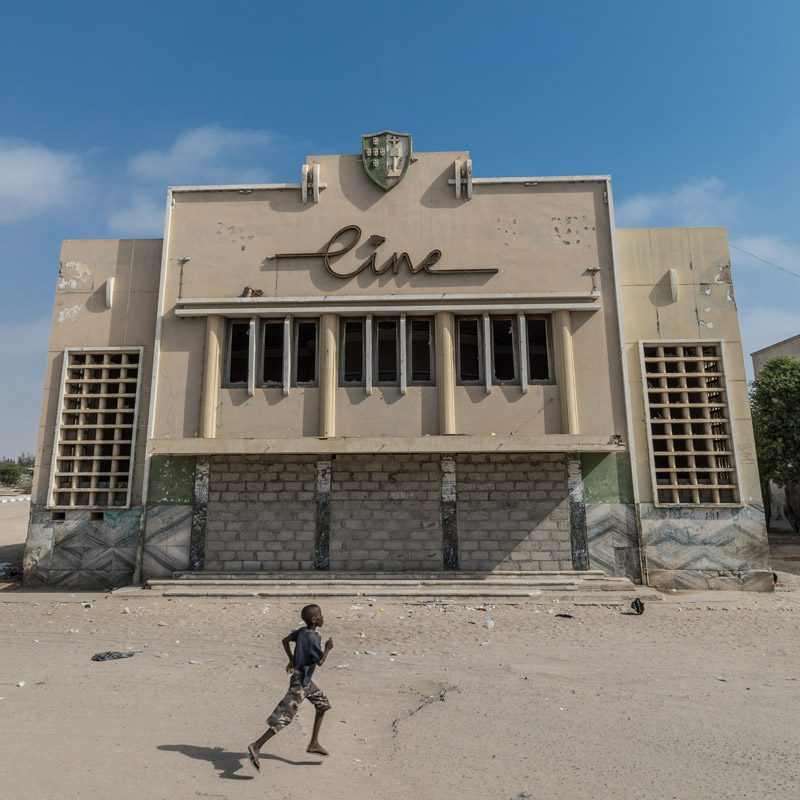
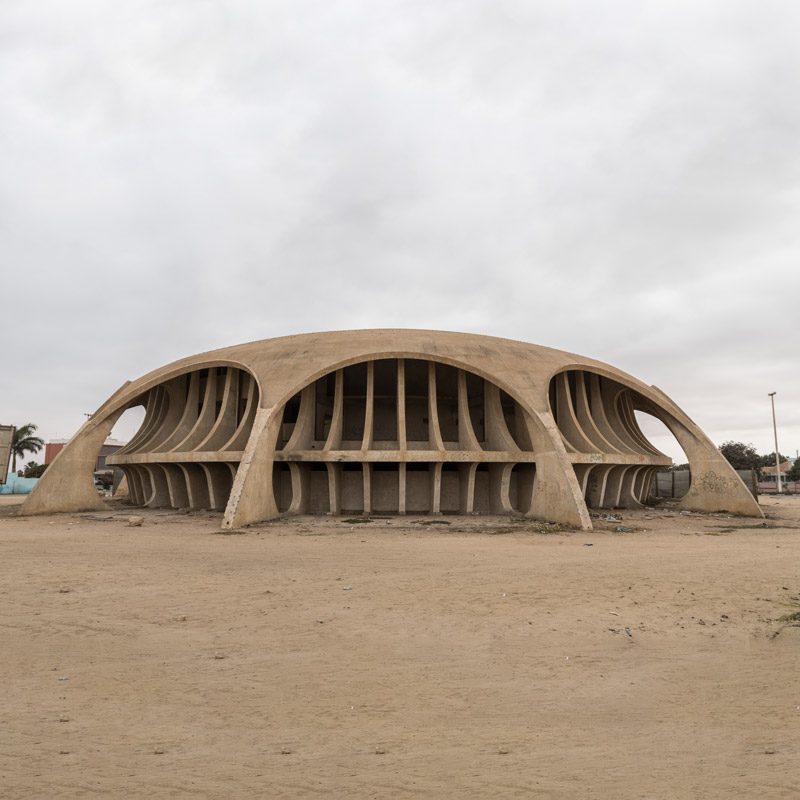
Vernacular architecture
In addition, we will enjoy the vernacular architecture that is still practiced by the different tribes that we will visit during the anthropological trip to Angola.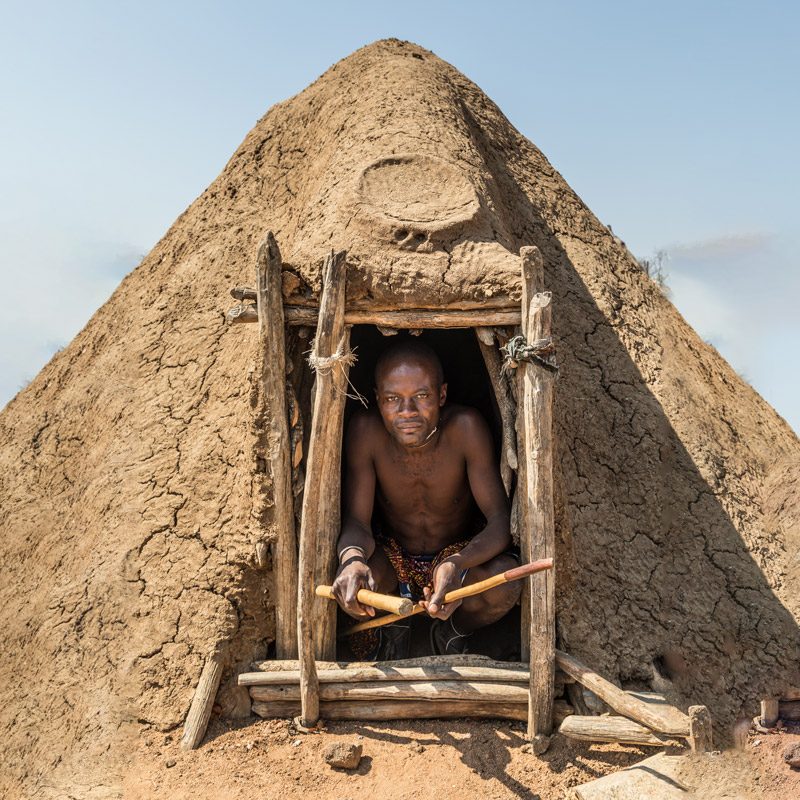
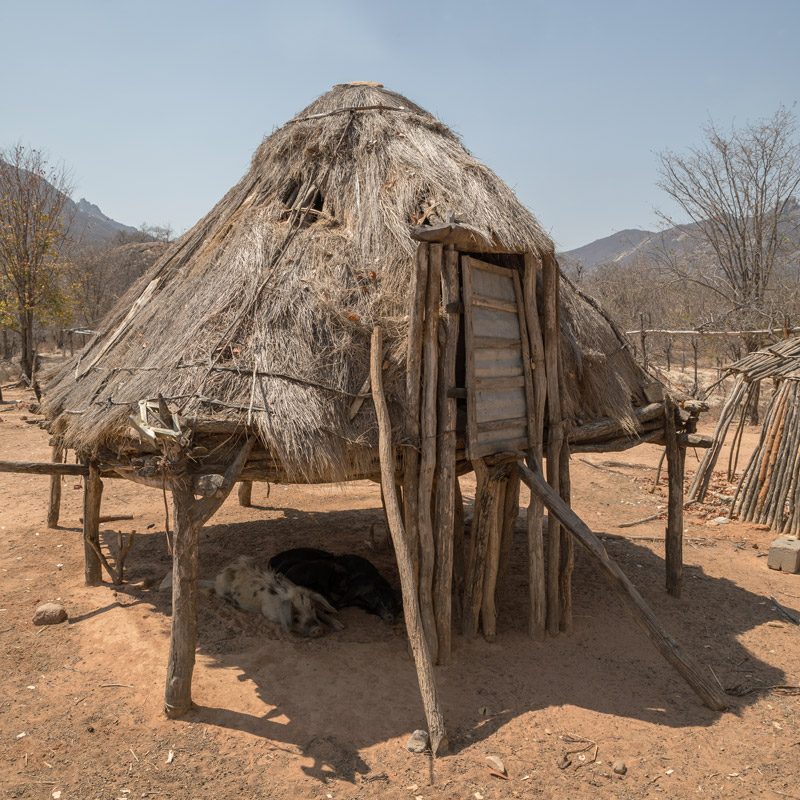
© Photos by Aníbal Bueno
► Download the itinerary for this anthropological trip to Angola
Click on the button below to easily access the download form for the itinerary for this anthropological trip to Angola.


